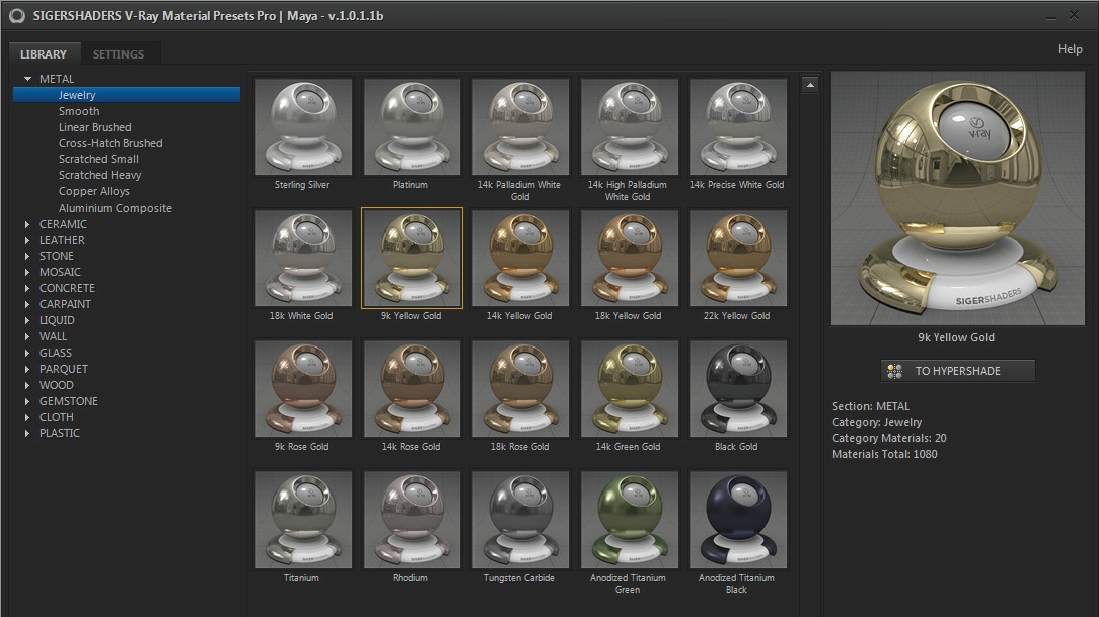
Use real world scale: When enabled, it automatically enables the real-world scale function of selected VRayBitmaps, when applied via the V-ray Asset Browser dialog. Users need to right click on a specific material slot and choose to, Apply to selected objects. Open ME on apply: When enabled, the Material Editor dialog(M) opens automatically when materials are applied to object/s.

Sort by name: When enabled, it sorts the materials displayed in the dialog alphabetically. This text field is often used to quickly search for specific materials.įilter by meta Data: When enabled, it filters the searches by metadata. V-Ray Asset Browser comes with the following functionalities:įilter case sensitive: When enabled (it turns blue), this button takes into consideration the upper and lower cases of text typed in the search bar. In the Render Setup dialog, go to the Common tab Alternatively, simply click on its main toolbar button. To load V-Ray, press F10 to open the Render Setup dialog. In order to access the VRayMtl parameters, V-Ray 5 needs to be installed and loaded first. In the discussions that will follow, we will focus primarily on the VRayMtl parameters/ Presets and some its most popular procedural maps. VRay 5 is fully integrated with 3Ds Max, and comes equipped with a list of robust and powerful procedural maps and shaders to help achieve complex and striking results.īy default, most V-Ray 5 Material presets are ready to render. Throughout this chapter, users will be taken through every single VRayMtl parameter and functionalities such as, the Diffuse, Roughness, Reflect, Glossiness, Max depth, Fresnel reflections, Metalness, Refract, IOR, Abbe number, Fog color, Fog multiplier, Translucency, Affect shadows, Output, Falloff, BRDF, Coat, Sheen, Bump, and many other V-Ray features.įinally, users will learn how to use procedural maps such as, VRayBitmap, VRayTriplanarTex, Bitmaps, Bricks, Metals, Carpaint, VRayDisplacementMod, VRayUVWRandomizer, VRayMultiSubTex, VRayPointCloudColor, VRayDirt, VRayAerialPersepective, VRayLightMtl, VRayMtlWrapper, VRayOverrideMtl, VRay2SidedMtl, VRayBlendMtl, Mix, VRayEdgesTex, and much more. This chapter will start with a quick summary about the V-Ray 5 rendering engine.įollowed by taking users through the process of installing V-Ray 5 accordingly, and setting up the Custom UI and Default Switcher function.įollowing that, users will be shown how to load and access the V-Ray Material browser dialog.

Click on the above link to find out more about my new book.


 0 kommentar(er)
0 kommentar(er)
